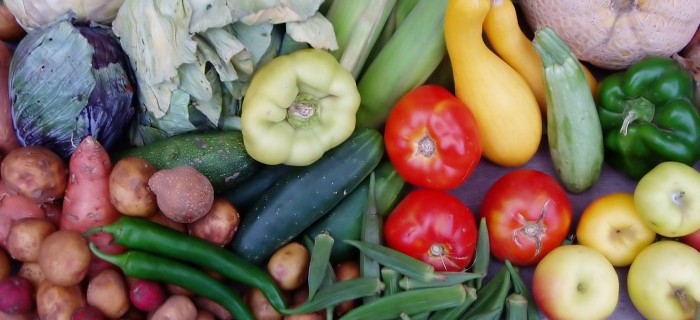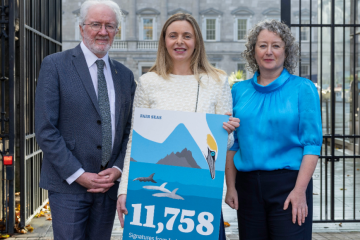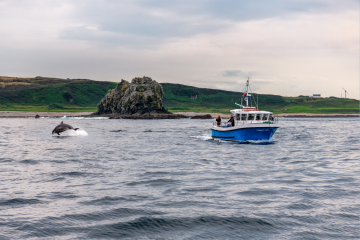Can we turn the tide on the marine plastic pollution?

June 14th, 2017
Last week, World Oceans Day correctly directed our attention to the 5 trillion pieces of plastic floating in the world’s oceans.
Active research and public awareness of this issue may well be at its highest ever. This is a good thing. The question, however, is whether we can translate this awareness into meaningful action.
The urgency cannot be emphasised enough. Some have predicted that there will be more plastic than marine life, by weight, in the oceans by 2050.
Over 170 species of marine megafauna have been recorded to ingest plastics and it is estimated that one million seabirds and 100,000 marine mammals are killed each year due to ingestion and entanglement.
The impacts of microplastics – plastic debris less than 5 millimetres in diameter – on food chains and human health are of particular concern.
With global plastic production increasing 190-fold between 1950 and 2015, and current predictions showing that this will accelerate, the problem is going to get much worse before it can get better.
The sheer magnitude and scale of this problem will require solutions of similar scale, ambition and endeavour.
The greatest cleanup in history
Almost all of our oceans are polluted with litter, about three-quarters of which is non-degradable and will persist for centuries. If we do nothing we are simply passing on a much bigger crisis to future generations.
The vast majority – about 80 per cent – of plastic enters the marine environment directly from coastal populated areas or from inland locations via rivers. You might expect that the worst pollution would be close to major coastal cities and rivers. In fact, ocean currents transport and accumulate most plastic to one of five global garbage patches located in Pacific and Atlantic and the Indian Ocean.
Finding between 1000 and 5000 pieces of floating plastic in the sea per square kilometre is, unfortunately, commonplace. However, this pales in comparison to the Great Pacific Garbage Patches in the North Pacific which, together, contain at least 500,000 pieces of floating plastic in every square kilometre.
This accumulation poses a potential advantage for cleanup operations since we have definite targets (although admittedly still vast). The Ocean Cleanup Project was set up in 2013 and is leading the charge to remove plastic from these garbage patches.
The Project is nearing deployment of a large-scale passive V-shaped floating funnel system. Its founder, Boyan Slat, contends that the system could decrease the amount of plastic in the Pacific garbage patches by 42 per cent in just 10 years.
The Projects proposal is not without critics, many of whom are scientific and technical experts. They say that it is simply not technically feasible and if anything this technology should be deployed at rivers and coastal locations before it degrades to microplastics.
The Ocean Cleanup Project has not conducted any Environmental Impact Assessment and many experts think that the risks for small floating marine life – the phytoplankton and zooplankton that are the base of marine ecosystems – are far too high. They also say that this is a distraction from the real task at hand – the prevention of further plastic pollution.
Cutting off the source
It is estimated that 60 per cent of plastic marine plastic comes from just five Asian countries – China, Indonesia, the Philippines, Thailand and Vietnam. Research published last week shows that almost 90 per cent of plastic entering the world’s oceans from rivers comes from Asia.
In fact, six of the top 20 polluting rivers were Chinese. Most of the predicted acceleration in plastic production will also come from Asia. If the world wants to seriously mitigate plastics entering the oceans, efforts need to start in Asia and these countries need to step up to the mark.
There are some encouraging signs – at a UN Oceans summit last Thursday, China, Indonesia, the Philippines and Thailand promised to do more, with measures including new legislation, mass education programmes, financial incentives to reduce plastic waste and investment in plastic substitutes.
Some environmentalists have said that measures will not go far enough or happen quickly enough, so we will have to wait and see whether promises are kept and initiatives have an impact.
What you can do
All plastic in the oceans has at one point been in human hands. As consumers, we all have a responsibility to do our part. In addition to recycling, there a number of other ways we can help;
- Limit purchases of plastic bottles by carrying a reusable drinks container
- Avoid disposable utensils when eating in or dining out
- Use reusable shopping bags and personal care products
- Boycott personal care products containing microbeads
- Buy food in bulk and store food in glass containers and jars
- Buy toys/gifts secondhand or made from wood
- Volunteer for coastal cleanup days in your area
[x_author title=”About the Author”]







